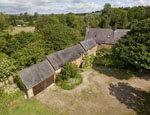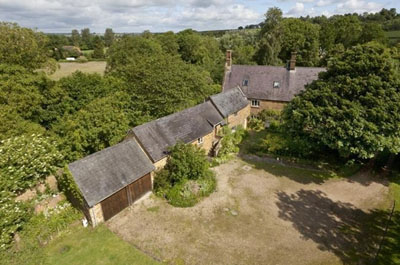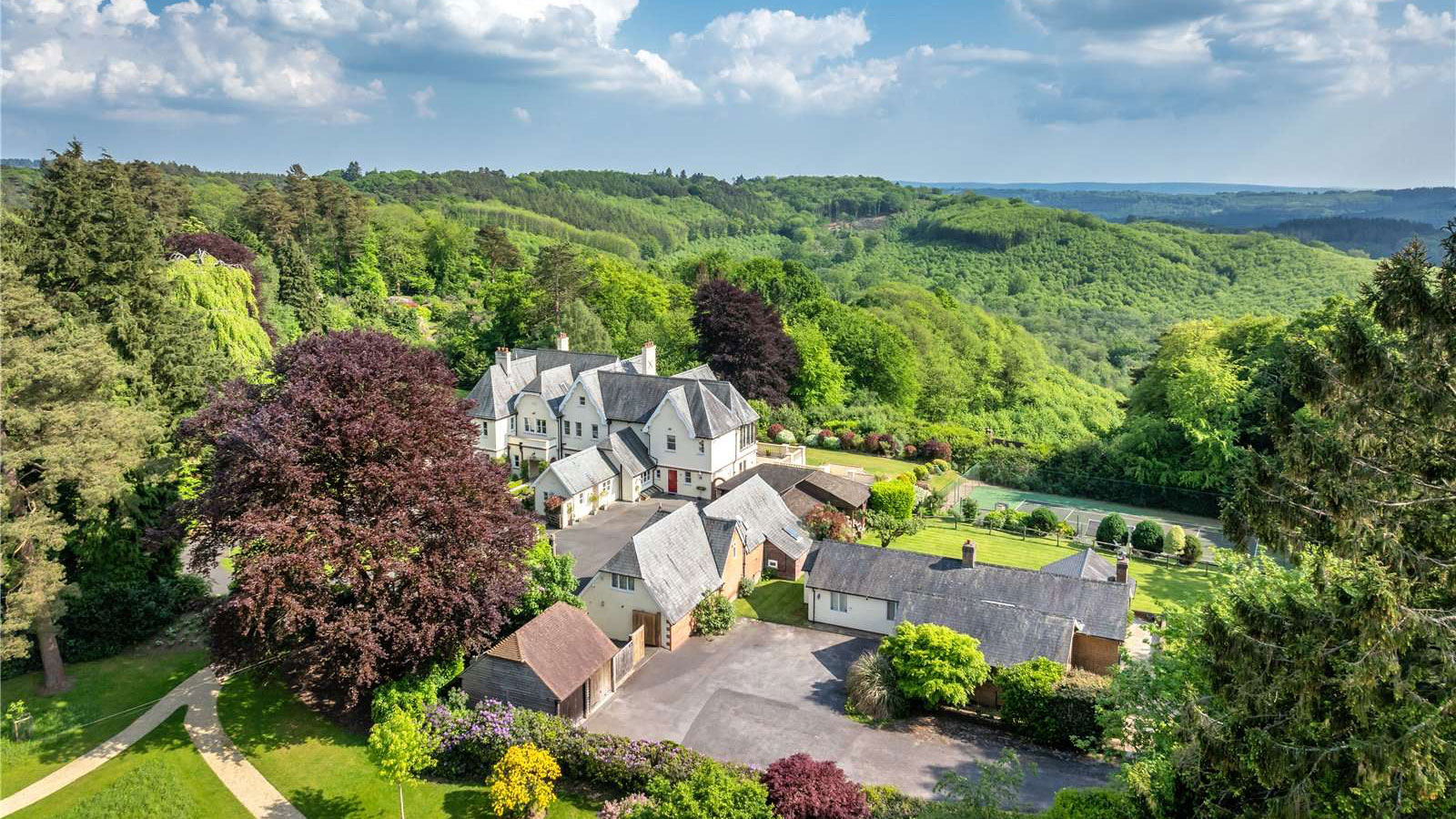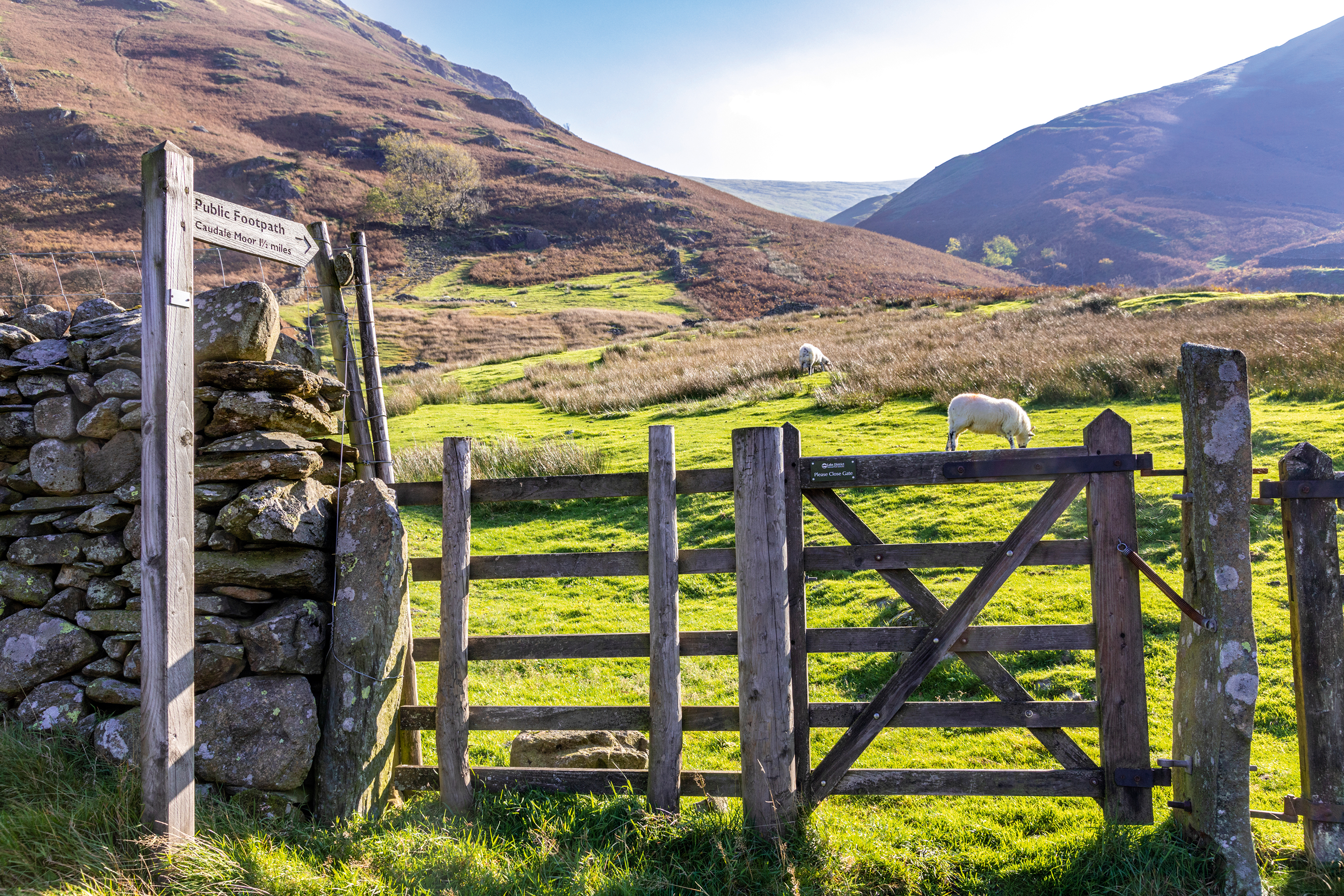17th century Oxfordshire farmhouse
With over 2,500sq ft of interior space this Oxfordshire farmhouse has a self-contained flat and outbuildings with huge potential


Home Farm is a traditional Hornton stone farmhouse with a range of undeveloped barns offering huge potential on the border on the eastern side of the Cherwell Valley, just a mile from Banbury.
Dating back to the early 1600s, the house feels historic, with exposed beams, inglenook fireplaces, original window shutters, exposed stone walls and window seats. Reception rooms are dual aspect and the four/five bedrooms are a good size while a charming room above the kitchen is accessed by a concealed staircase makes an excellent study or playroom.
A self-contained flat is attached to the property and offers a single bedroom, kitchen and bathroom.

* Country Life Summer Subscriptions Sale - Save £55 a year!
Offering 2,691ft of interior space, the property also has expansive lawns outside in the garden with a variety of climbing roses and shrubs, as well as mature fruit trees. The extensive range of outbuildings provide huge potential for development.
The hamlet of Nethercote is situated on the border of South Northamptonshire and North Oxfordshire on the east side of the Cherwell Valley, just one mile from Banbury. Middleton Cheney has good local facilities including a supermarket, pub and Doctor and primary and secondary schools; Oxford is 20 miles.
The guide price is £750,000. For further information please contact Savills on 01295 228 000 or visit www.savills.co.uk.
Sign up for the Country Life Newsletter
Exquisite houses, the beauty of Nature, and how to get the most from your life, straight to your inbox.
* Country houses for sale in Oxfordshire
* Follow Country Life Property on Twitter
-
 Six rural properties with space, charm and endless views, as seen in Country Life
Six rural properties with space, charm and endless views, as seen in Country LifeWe take a look at some of the best houses to come to the market via Country Life in the past week.
By Toby Keel Published
-
 Exploring the countryside is essential for our wellbeing, but Right to Roam is going backwards
Exploring the countryside is essential for our wellbeing, but Right to Roam is going backwardsCampaigners in England often point to Scotland as an example of how brilliantly Right to Roam works, but it's not all it's cracked up to be, says Patrick Galbraith.
By Patrick Galbraith Published
